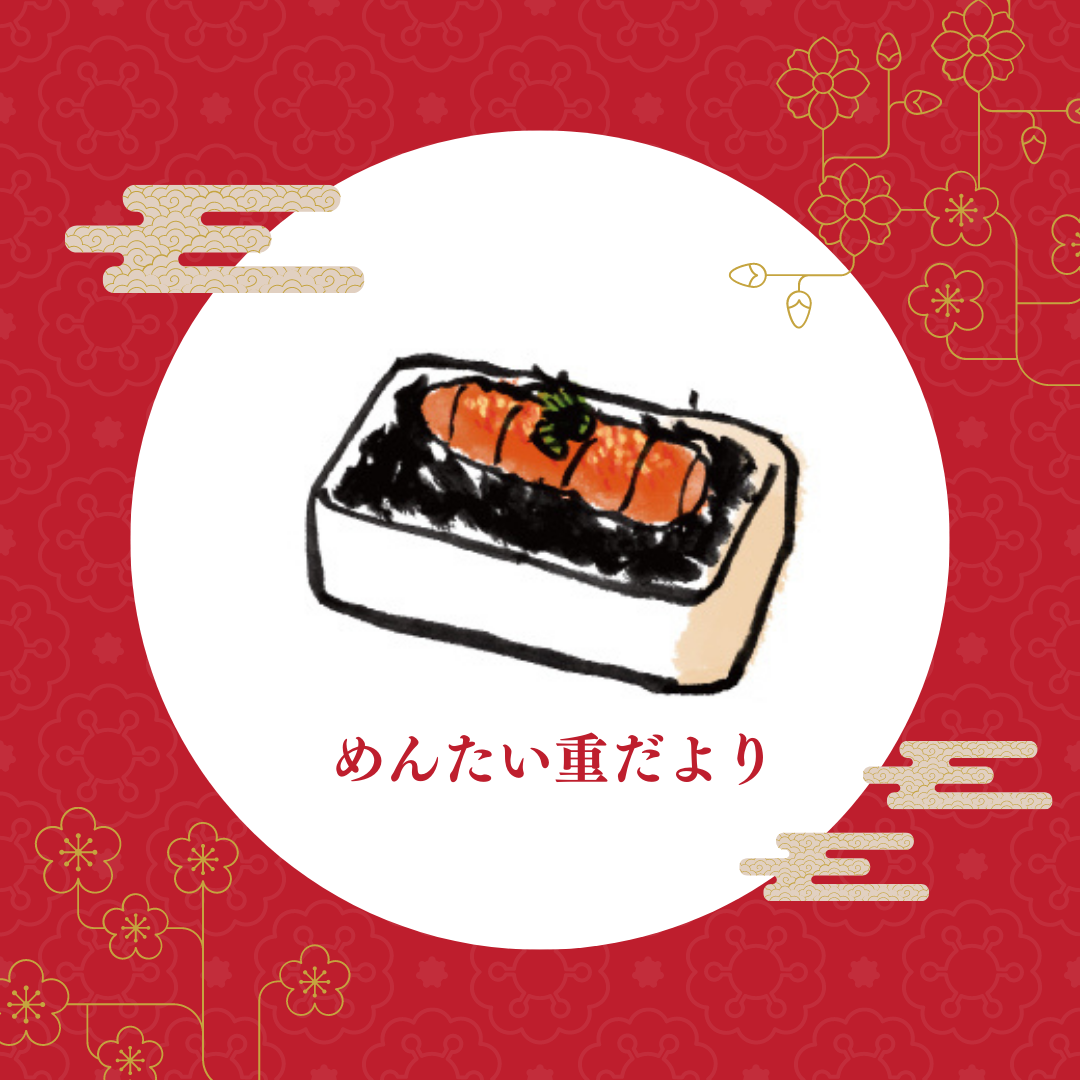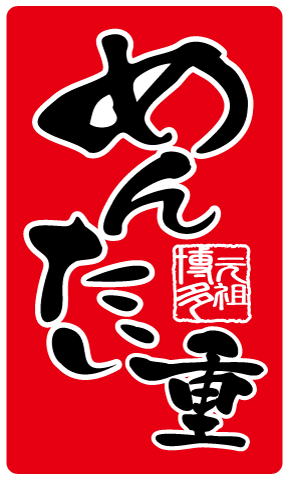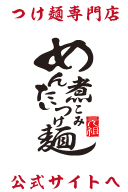
Mentai-ju News vol.18
This time, the theme is "Hakata dolls," which are highly regarded not only in Fukuoka and Hakata, but throughout Japan and overseas as a representative of Japanese beauty.
Hakata dolls come in a variety of motifs, such as "beautiful women," "seasonal festivals," and "kabuki performances." All processes, from molding to coloring, are done by hand by artisans.
They are carefully crafted. The beauty, warmth, and ferocity that are unique to Hakata dolls are the result of the skilled craftsmanship of the artisans, and they are one of the traditional crafts that still live on in Hakata today.
Its history is long, and when Kuroda Nagamasa entered Chikuzen in 1600, many craftsmen gathered there, and the foundation of modern Hakata dolls was born. During the Edo period, master craftsmen were active, and Hakata dolls began to be distributed throughout the country.
During the Meiji period, they received high praise at international expositions such as the 3rd Domestic Industrial Exposition and the Paris World Exposition, and became a representative doll of Japan.
Its name became known all over the world, and demand overseas increased.
When you think of Hakata dolls, many people may think of elegant female dolls, but nowadays there are also dolls of baseball players, anime characters,
A wide variety of dolls are made, including ones modeled after animals.
Our shop is located in Nishinakasu, and is about a 15-minute walk from Kushida Jinja-mae Station. On the walls of the underground passageway, you can see Hakata dolls, Hakata textiles, and other items.
Approximately 75 traditional crafts representing Fukuoka and Hakata are on display, making this station like a museum where you can experience the charm of Fukuoka and Hakata.
Categories
column


